SUBARU REX Hybrid vs Nissan e-POWER: Spot the Difference!
 WilliamJun 24, 2025, 09:50 AM
WilliamJun 24, 2025, 09:50 AM
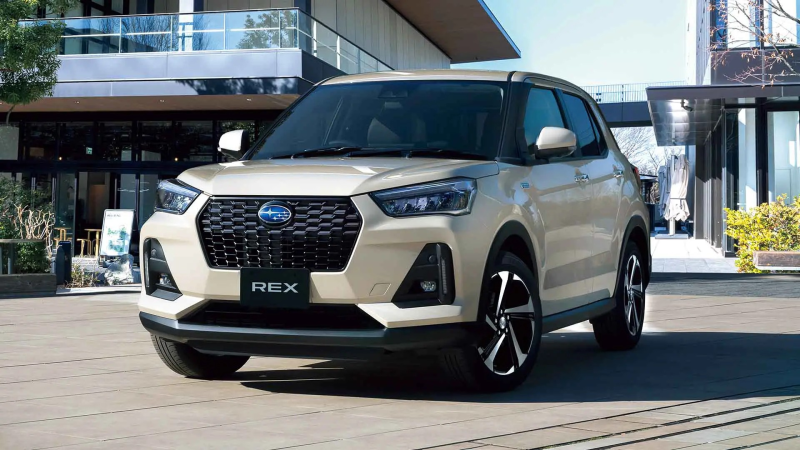
【PCauto】Subaru has officially launched its all-new compact SUV model, the REX Hybrid. Positioned as a versatile urban SUV, it is especially appropriate for daily commuting and outdoor driving. The REX Hybrid's body dimensions are:
Length: 3995mm
Width: 1695mm
Height: 1620mm
Wheelbase: 2525mm
The new vehicle is equipped with a series hybrid system called "e-SMART HYBRID" provided by Daihatsu Motor Co., Ltd. While its technology shares similarities with Nissan's e-POWER system, there are fundamental design differences in its core architecture.
Subaru REX Primarily Targets at Japan
The REX Hybrid is available in two variants for the Japanese market: G HYBRID and Z HYBRID, with tax-inclusive prices of ¥2,216,500 (approximately RM64,700) and ¥2,608,100 (approximately RM76,100) respectively. The G variant has a curb weight of 1,060kg, while the Z variant increases to 1,070kg.
Both variants’ exterior features standard gunmetal-finish front grille and hybrid badges. There is difference in the size of wheel hub: the G variant is equipped with 16-inch 5-hole alloy wheels (195/65R16 tires), while the Z variant upgrades to 17-inch machined black alloy wheels (195/60R17 tires).
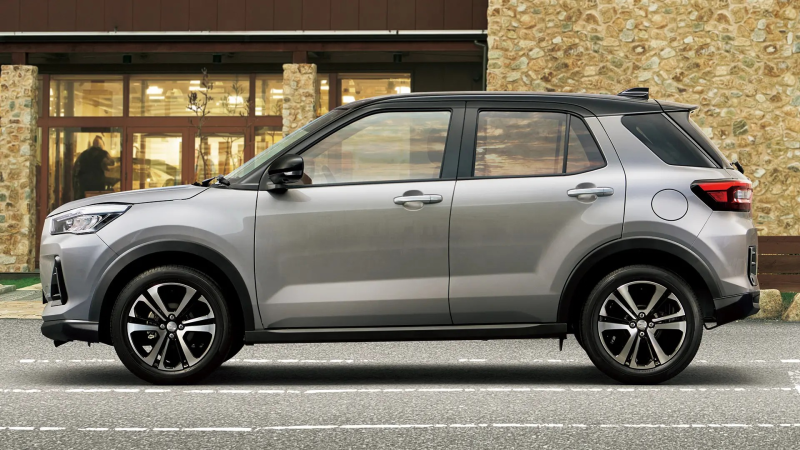
Both variants’ interior is equipped with a hybrid-specific instrument cluster and ECO mode selector lever. However, the Z variant additionally includes a 1500W AC power outlet (with emergency power supply function) capable of powering small electronic devices.
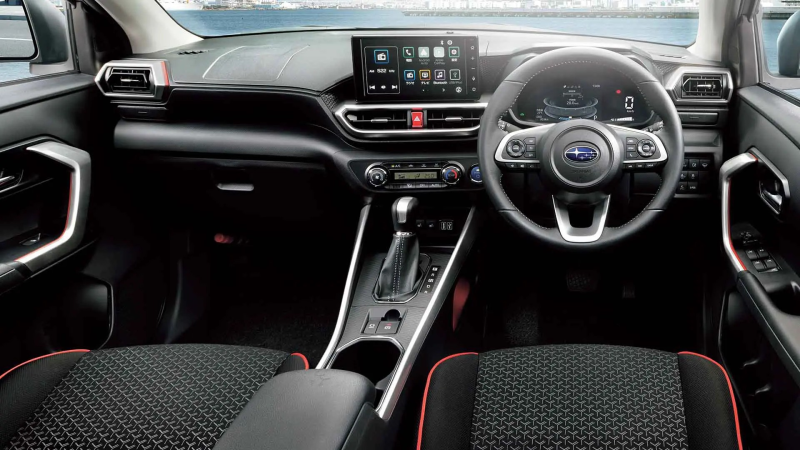
Features 1.2L 3-Cylinder Engine (Non-Direct Drive)
REX Hybrid is equipped with a series hybrid system called "e-SMART HYBRID", whose core components consist of a 1.2-liter inline three-cylinder engine and a drive motor. Notably, the engine primarily functions as a generator without directly driving the wheels.
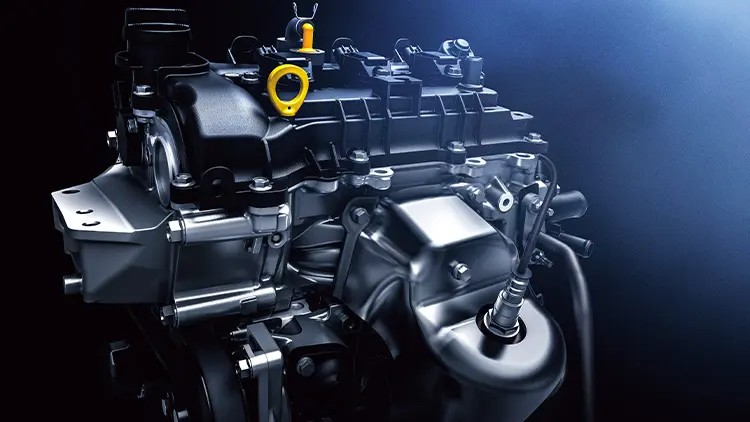
The electric motor delivers a maximum output of 78kW (106PS) with peak torque of 170N·m, providing instant torque response across the 0-4,372rpm range. Official WLTC cycle fuel efficiency is rated at 28.0km/L (using regular unleaded gasoline), showing significant improvement over conventional gasoline vehicles. This architectural design simplifies mechanical transmission components, making it particularly suitable for compact vehicle layouts.
Although sharing its platform with the Toyota Raize and Daihatsu Rocky, the REX features uniquely tuned powertrain specifications. Unlike the Raize Hybrid's 1.5L hybrid system, the REX Hybrid opts for a 1.2L engine paired with a high-output motor to achieve higher proportion of electric-only driving.

Technical Differences from Nissan e-POWER
For the hybrid architecture of the REX Hybrid, though the engine only functions as a generator, consistent with e-POWER's principle - the implementations are completely different. The e-SMART HYBRID system incorporates an ultra-compact battery of approximately 0.8kWh, recharging the engine when the battery level drops to 40%, resulting in high-frequency start-stop cycles. In contrast, e-POWER systems typically feature battery capacities above 1.5kWh with an engine activation threshold lowered to 20%, allowing for a higher proportion of electric-only driving.

This technical divergence clearly appears in driving experience. The REX Hybrid shows more noticeable cabin noise during continuous uphill driving or highway cruising, as its engine must maintain higher RPMs for power generation. In contrast, e-POWER, with its stronger battery buffering capability, allows the engine to run stably within an efficient range..
Different Usage Scenarios: REX Hybrid VS e-POWER
Official data shows that the REX Hybrid achieves a WLTC fuel efficiency of 28.0 km/L (using regular unleaded gasoline), slightly better than mainstream e-POWER models (such as the Nissan Note's approximately 26.8 km/L). However, this efficiency advantage comes with operational limitations: its extremely short electric-only range (about 1-2 km) makes the system heavily rely on real-time engine power generation, making it more suitable for low-to-medium speed urban commuting.
The e-POWER system, with its larger battery capacity, can achieve 3-5 km of electric-only driving in medium-to-low speed scenarios, showing better adaptability for highway conditions.
Furthermore, the REX Hybrid's 1.2L engine and electric motor reach a near 1:1 power ratio, while e-POWER typically combines small engine and large motor (such as a 58kW engine paired with an 80kW motor), using the motor to compensate for power demands.
To control costs and vehicle weight, the REX Hybrid doesn't incorporate plug-in expansion capability, with its battery serving only as an energy buffer. This approach keeps the curb weight at 1,060-1,070 kg but impairs system upgrade.
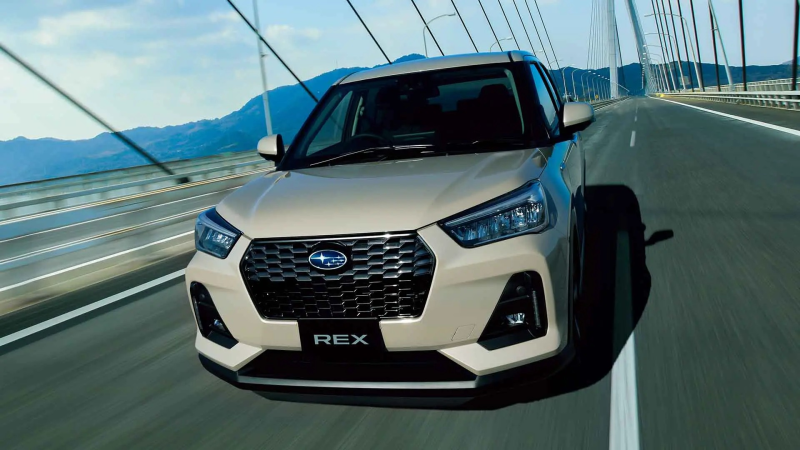
In contrast, e-POWER has developed dual-motor AWD versions (like the X-Trail e-POWER), meeting the requirements for higher power. There is also difference in configurations: REX Hybrid offers only front-wheel-drive versions across the series, while e-POWER can provide e-4ORCE electric all-wheel drive.
REX Hybrid Is Positioned as Entry-Level Model
These technical differences reflect distinct brand positioning strategies. As Subaru's entry-level electrified product, the REX Hybrid leverages Daihatsu's supply chain to maintain its Japanese tax-inclusive starting price at ¥2,216,500 (approximately RM64,700), achieving high cost-effectiveness through an "extremely streamlined" hybrid system design.
e-POWER places greater emphasis on approaching the driving experience of pure electric vehicles, which accordingly increases costs. This strategic divergence is also evident in vehicle dimensions - the REX Hybrid positions itself as a compact SUV with body length under 4 meters, while the body length of mainstream e-POWER models typically exceeds 4 meters to provide more spacious interiors.
If any infringement occurs, please contact us for deletion
Trending News

BYD Sealion 7 is not only cheaper than Tesla Model Y, what other differences do they have?
Is it better to buy the BYD Sealion 7 or the Tesla Model Y? This really makes one a bit hesitant, but before you make a decision, I recommend you take a good look at this article.

2026 Toyota Hilux Travo released, the brand-new exterior and interior are highly anticipated
If you're considering buying a Hilux, honestly, the comprehensive innovations in the ninth generation are worth waiting for. While the current model might still have some advantages in terms of reliability and price, the new model offers significant changes in terms of exterior and interior luxury, tech features, and powertrain options.

In Malaysia, which sliding door MPVs are available?
The numerous advantages of sliding door MPVs make many people fond of this type of vehicle. However, MPVs are not a mainstream choice in the car market, so many people might not know which MPVs are available domestically.

Jaecoo J7 VS Honda CR-V, which is the most worthwhile C-Segment SUV to buy
With an exterior that closely resembles a Land Rover, Jaecoo J7's sales experienced several months of rapid growth but have recently slowed down. Perhaps the market is nearing saturation, as Jaecoo J7 has already surpassed the once-dominant Honda CR-V in the C-Segment SUV category.

Which one is better, Honda City or Toyota Vios?
When choosing a compact sedan, Honda City and Toyota Vios are often two options that make people weigh repeatedly. You might be attracted to the dynamic design of the Vios but also be captivated by the City.
Popular Cars
Model Year
Car Compare
Car Photo

